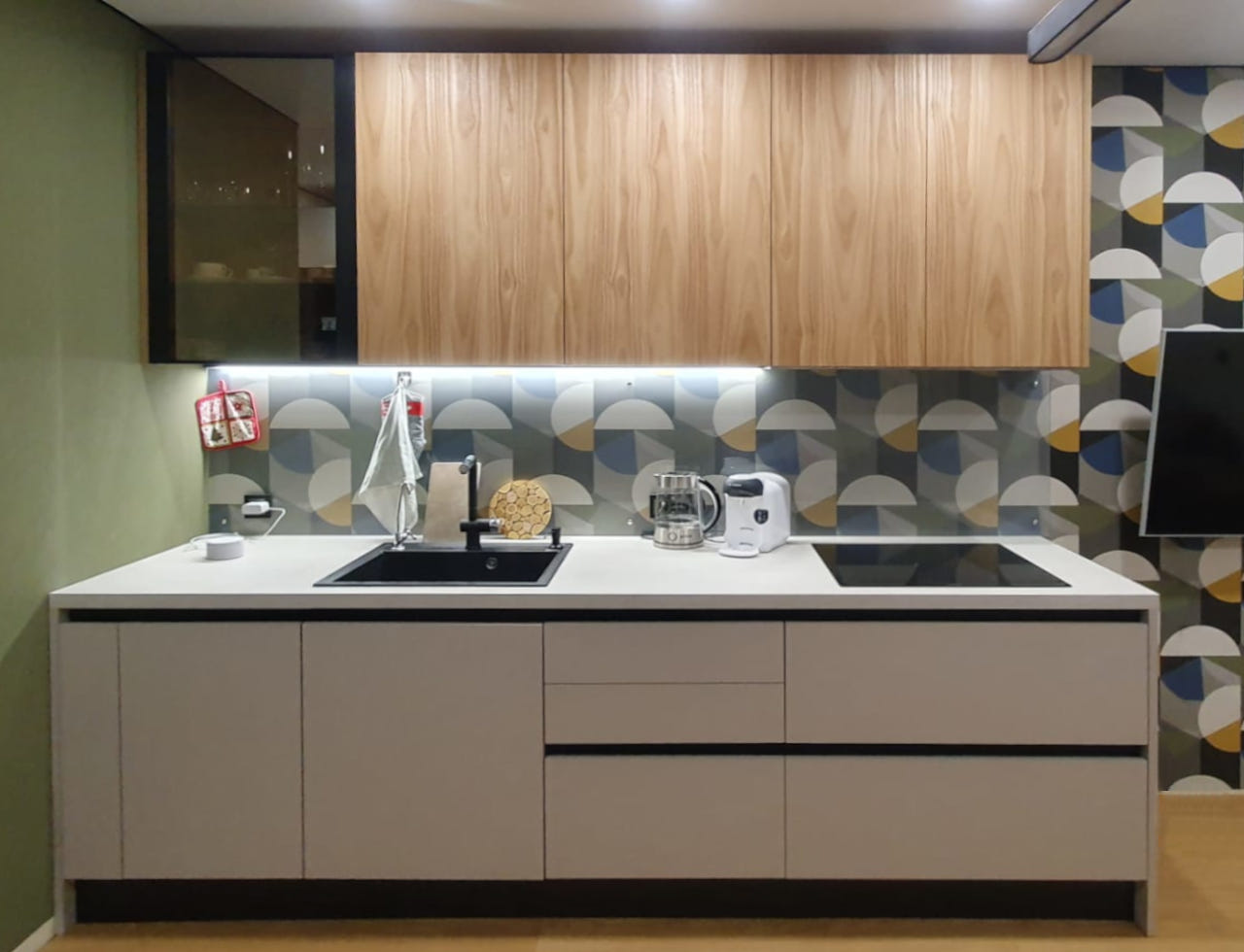
The Evolution of Culinary Spaces
As the world of gastronomy expands, culinary spaces are increasingly becoming more than just places to cook and eat. Chefs, designers, and food enthusiasts are reimagining these spaces to enhance the culinary experience, creating environments that are both functional and aesthetically pleasing. This shift reflects a broader trend in which the kitchen is not just a secluded, utilitarian space but a central hub for socializing, creativity, and cultural exchange.
Integrating Technology and Design
The modern culinary space is characterized by the seamless integration of technology and design. With the advent of smart kitchen appliances and innovative storage solutions, the efficiency and usability of culinary spaces have been significantly improved. High-tech ovens, refrigerators, and countertop appliances are now designed to sync with mobile devices, allowing for remote control and monitoring. Meanwhile, minimalist design with clever cabinetry keeps the aesthetic clean and uncluttered, making the kitchen a welcoming space for both work and play.
Culinary Spaces as Social Hubs
Today’s culinary spaces are becoming increasingly social. Designers are focusing on creating areas that foster interaction, such as open-plan kitchens that flow into living and dining areas. Large islands and communal tables encourage guests to gather and participate in the cooking process, blurring the lines between host and visitor. Additionally, these spaces often feature comfortable seating and innovative lighting that support the ambiance of a social gathering, further promoting the kitchen as a central gathering place for entertainment and conversation.
Sustainability in the Kitchen
As sustainability becomes a more pressing concern, culinary spaces are being redefined with an eye towards eco-friendly practices. From the materials used in countertops and cabinetry to the sourcing of food, there is an increasing emphasis on reducing waste and carbon footprint. Energy-efficient appliances, composting systems, and urban gardens are just a few examples of how culinary spaces are adapting to support sustainable living.
The Emergence of Multipurpose Culinary Spaces
The redefinition of culinary spaces has also led to the rise of multipurpose areas that accommodate a variety of activities. These spaces are not only for preparing meals but also for experimenting with new recipes, conducting cooking classes, or even hosting pop-up dining experiences. With versatility in mind, culinary spaces are designed to be adaptable, allowing individuals to easily switch between different uses depending on their needs at any given moment.
Conclusion
The culinary space has undeniably evolved from a purely functional area to a multifaceted environment that enhances the overall dining experience. Through the integration of technology, sustainability, and multifunctional design, these spaces are being redefined to become the heart of the home and a testament to the central role of food in our lives. As cultures and technologies continue to evolve, so too will the shape and function of these vital spaces, reflecting the limitless potential of culinary innovation.
``` The text above provides a structured article under the specified title using HTML formatting only for headings and paragraphs, without the overall HTML page structure.